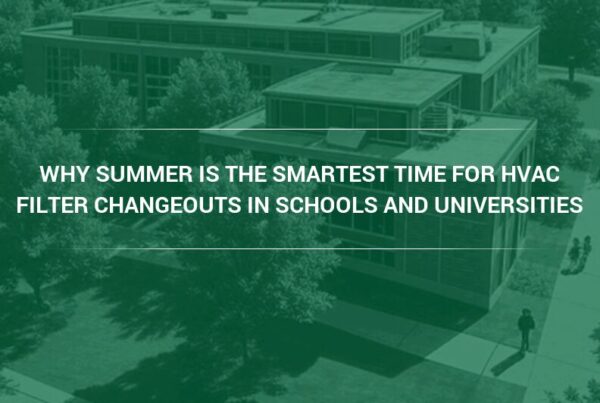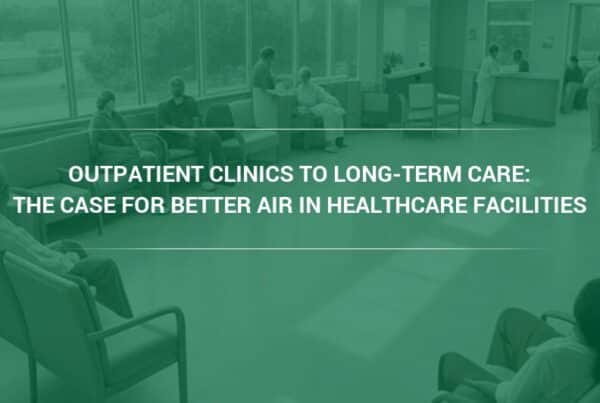06/21/2011 // Riverdale, NJ, USA // Camfil USA // Lynne Laake // (press release)
It’s common sense: Air quality is of paramount importance in a hospital setting but so is hospital HVAC performance. Not only do high-quality air filters mean increased comfort, they mean less chance of infection, as harmful particles are prevented from circulating. Little wonder, then that hospitals maintain high ventilation rates to lessen the risk of microbial contamination.
What’s less known is that the enormous amounts of energy required by HVAC systems can account for nearly half of a hospital’s total energy use. But savvy HVAC strategies, combined with high efficiency products, can change that equation, enabling hospitals to achieve significant cost savings without sacrificing air quality.
The following best practices — culled, in part, from recommendations by the U.S. Department of Energy’s Hospital Energy Alliance — can help healthcare facilities achieve optimal HVAC use, at optimal cost. Even better, these strategies can be implemented without costly renovations or new construction.
• Use the right hospital air filter. Not all air filtration systems are designed for sustainability. Indeed, most air filters — designed with low-tech, low-cost coarse fiber media — degrade in efficiency rapidly and an ever-increasing amount of energy is required to push air through the filter. Instead of reducing energy requirements, products like these only increase them. But by choosing innovative designs that use fine fiber media — the basis for Durafil ES air filters — efficiency is maintained throughout the filter’s service life. That results in a dramatic reduction in energy use. In fact, hospitals that have switched to Camfil USA air filters have reported hospital HVAC energy savings of up to 40 percent. And because greater efficiency means a better job keeping dangerous particles out of the air, the risk of infection is reduced, too.
• Perform regular and consistent maintenance on hospital HVAC units. Simply keeping coils clean can dramatically improve the efficiency of the entire HVAC system.
• Calibrate, check, and adjust thermostats throughout the hospital. This will ensure that different building zones are heated and cooled appropriately — meaning less wasted energy.
• Reduce hospital HVAC use when areas are unoccupied or infrequently used. Not every part of the hospital needs to be cooled or heated constantly. Energy-efficient scheduling — employing weekend settings, for example — can go a long way towards reducing energy use. Pay particular attention to operating rooms: They don’t need to constantly maintain the extreme number of air changes required during surgery.
• For non-critical spaces such as medical offices, install variable frequency drives on all fan motors. These will enable the fans to modulate airflow based on the demands of the space, reducing their energy use by up to 50 percent.
• Match a fan’s size with the space where it will be operating. Optimal efficiency means getting the size just right. Cool, comfortable air is rarely unwelcome — but remember: Too much of a good thing often comes at too much of a cost.
The world leader in air filtration systems and clean air solutions — for health care and other industries — Camfil USA provides the tools to achieve sustainability, maintain high air quality, and reduce airborne infections; all while lowering total cost of ownership. We’ve helped hospitals, office buildings, hotels, and other facilities go green without ever sacrificing performance. For more information on optimizing hospital HVAC performance, visit our newsroom at https://hvacairfiilters.submitmypressrelease.com, read about the Clean Air Solutions Company at https://cleanair.camfil.us, or call us at (toll free) 888.599.6620.
Media Information:
Address: 1 North Corporate Dr. Riverdale, NJ 07457
Phone: 888.599.6620
Url: HVAC Air Filters



